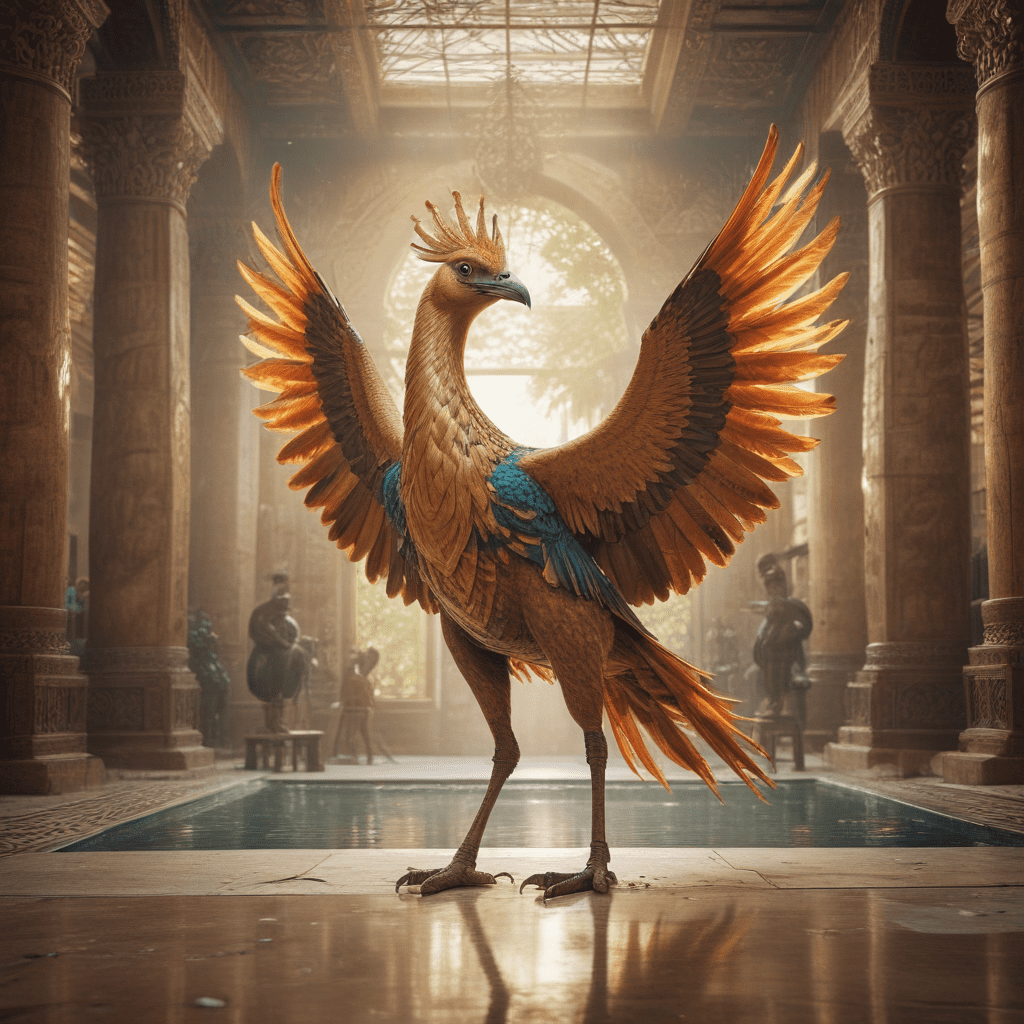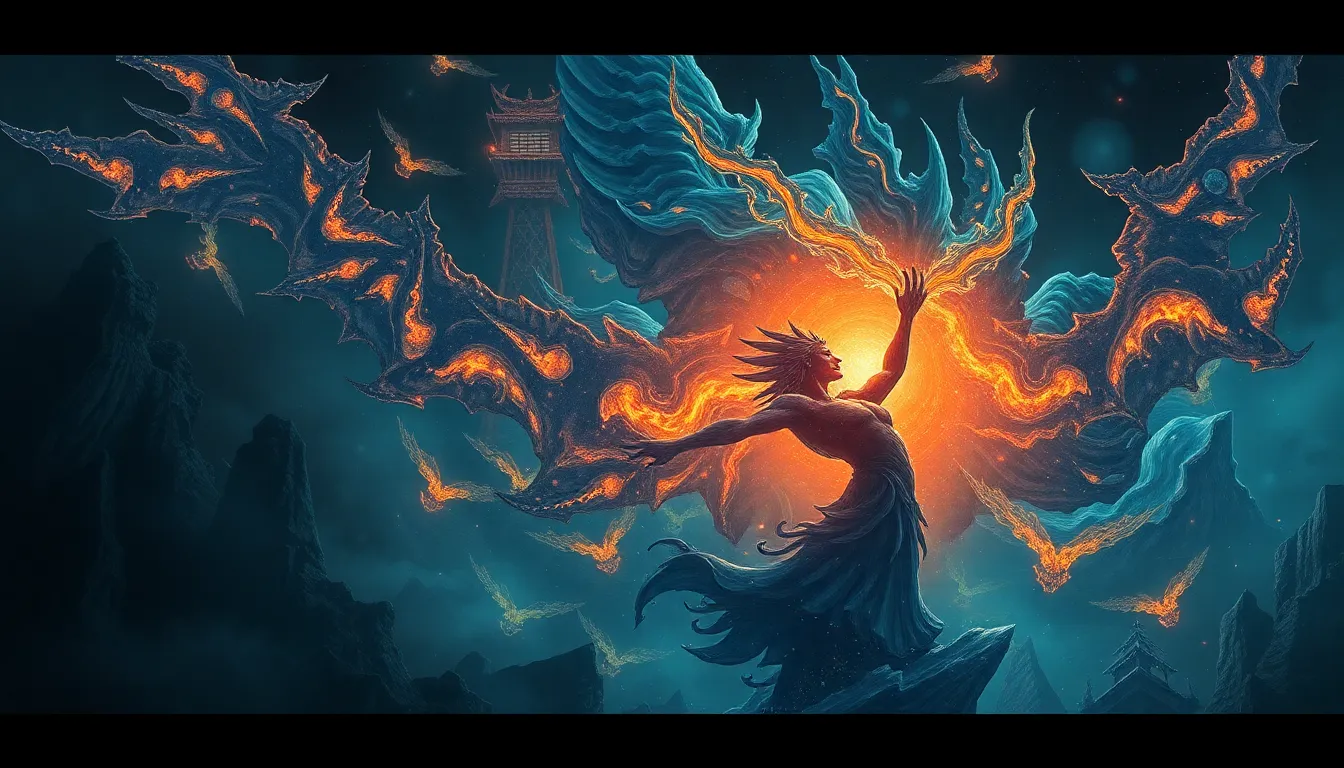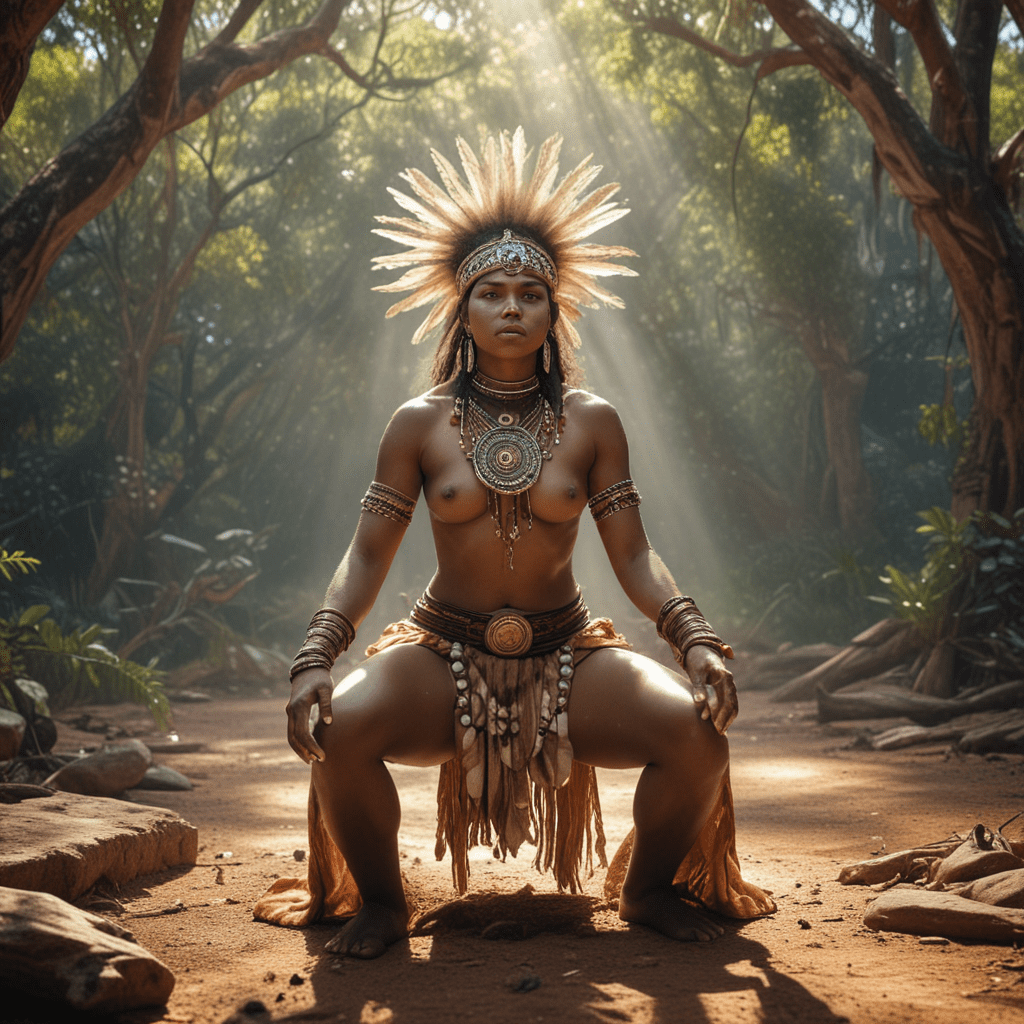The Dance of Creation: Myths That Celebrate Life
Introduction: Understanding the Dance of Creation
Creation myths are foundational narratives that explain the origin of the universe, humanity, and life itself. These stories are integral to various cultures, serving not only to explain the cosmos but also to celebrate the intricate dance of life. From the ancient tales of the Aboriginal people to the rich tapestry of Hindu mythology, these myths resonate with the human experience, reflecting our hopes, fears, and the profound connection we have with the world around us.
The Role of Creation Myths in Human Culture
Creation myths hold significant anthropological relevance. They provide insight into how different societies perceive their existence and the universe. Through these narratives, cultures can:
- Establish a sense of identity and belonging.
- Articulate their values and moral frameworks.
- Interpret the natural world and their place within it.
Myths are not merely stories; they shape societal beliefs about life, existence, and the relationship between humanity and the divine. In this way, they contribute to the moral compass guiding communities across generations.
Common Themes in Creation Myths
Many creation myths share recurring themes that resonate with the human experience. Some of these motifs include:
- Chaos and Order: The transition from a state of chaos to a structured universe.
- Birth and Rebirth: Life emerging from primordial elements, symbolizing renewal and regeneration.
- Nature’s Cycles: The interplay between life, death, and rebirth in the natural world.
These themes reflect not only the mysteries of existence but also the cyclical nature of life, echoing the rhythms found in nature itself.
Creation Myths Across Cultures: A Comparative Study
Creation myths vary widely across cultures, yet many reveal profound similarities. Here are brief summaries of a few notable myths:
- Hinduism: In Hindu tradition, the universe is created by Brahma, who emerges from the cosmic ocean. The creation is often seen as cyclical, with the universe undergoing endless cycles of creation, preservation, and destruction.
- Aboriginal Australian Mythology: The Dreamtime stories describe the ancestors who shaped the land and its creatures, emphasizing a deep connection between nature and the spiritual realm.
- Native American Mythology: Many tribes have unique creation stories, often involving a creator spirit who forms the earth from chaos, reflecting harmony and respect for nature.
Despite their differences, these myths often converge on the theme of interconnectedness, highlighting humanity’s bond with the earth and the cosmos.
The Symbolism of Life in Creation Myths
Life is often represented symbolically in creation myths, reflecting the values and beliefs of a culture. Common symbols include:
- Water: Frequently symbolizes life, purity, and creation, as seen in many myths where life emerges from water.
- Earth: Represents fertility, nurturing, and stability, often personified in goddesses like Gaia in Greek mythology.
- Fire: Symbolizes transformation, energy, and passion, playing a vital role in the cycles of life and death.
These symbols connect creation stories to the cycles of nature, reinforcing the idea that life is a continuous, interconnected process.
The Dance of Creation: Mythical Figures and Their Roles
Several key deities and figures emerge in creation myths, each representing essential aspects of life and the natural order. Some notable figures include:
- Brahma: In Hinduism, Brahma is the creator god who brings life into the universe, embodying creativity and cosmic order.
- Gaia: In Greek mythology, Gaia is the personification of the Earth, symbolizing fertility and the nurturing aspect of nature.
- Quetzalcoatl: In Mesoamerican traditions, this feathered serpent deity represents wind and rain, crucial for agriculture and sustaining life.
These figures not only shape the narratives of creation but also serve as symbols of human qualities like creativity, nurturing, and the essential connection to nature.
The Impact of Creation Myths on Art and Literature
Creation stories have profoundly influenced artistic expression throughout history. They have inspired:
- Literature: Works such as “The Epic of Gilgamesh” and “Genesis” draw from creation themes, exploring humanity’s relationship with the divine.
- Visual Arts: Artists like Michelangelo and Botticelli have depicted creation narratives, infusing their works with symbolism and meaning.
- Performing Arts: Dance and theater often incorporate elements of creation myths, conveying their messages through movement and narrative.
Through these mediums, creation myths continue to resonate, enriching human culture and understanding.
Modern Interpretations of Creation Myths
In contemporary society, creation myths are reinterpreted in various forms. Modern storytelling, through films, books, and other media, often draws upon these ancient narratives, adapting them to fit contemporary contexts. Examples include:
- Film: Movies like “The Matrix” and “Interstellar” explore themes of creation and existence, inviting audiences to question their reality.
- Literature: Authors like Neil Gaiman and Margaret Atwood weave creation themes into their narratives, connecting ancient myths to modern issues.
These modern interpretations demonstrate the continued relevance and adaptability of creation myths, inspiring new generations to explore their meanings.
The Psychological and Spiritual Dimensions of Creation Myths
Creation myths also address existential questions and human fears. They provide frameworks for understanding life’s purpose and the nature of existence. The therapeutic role of these stories can include:
- Offering comfort in times of uncertainty.
- Providing narratives that help individuals make sense of their experiences.
- Encouraging a sense of connection to something greater than oneself.
Through these dimensions, creation myths serve as powerful tools for psychological resilience and spiritual exploration.
Conclusion: The Enduring Legacy of Creation Myths
Creation myths have a timeless nature, echoing through cultures and generations. They remind us of the beauty and complexity of life, celebrating the dance of creation that encompasses all existence. As readers and seekers of meaning, we are encouraged to explore these narratives, reflecting on their implications for our lives and the world around us. In doing so, we partake in the ongoing dance of creation, discovering our place within the grand tapestry of life.



